Are you contemplating joining the Mission Viejo Country Club? If so, you’re in the right place! This country club is a gem located in the heart of Orange County, California. Known for its picturesque landscapes, top-notch facilities, and vibrant community, it attracts golf enthusiasts, social butterflies, and fitness lovers alike. In this guide, we’ll dive deep into the membership costs, what you can expect, and why it might be the perfect fit for you.
What is the Mission Viejo Country Club?
Before we discuss membership costs, let’s take a moment to capture what makes the Mission Viejo Country Club unique. Founded in 1967, this private club features:
- A challenging golf course designed by a renowned architect.
- State-of-the-art tennis courts.
- An exclusive swimming pool.
- A clubhouse that serves fine dining options.
- Several social and recreational programs.
The club emphasizes a leisurely lifestyle complemented by social engagement, fitness, and relaxation.
Membership Types
Choosing the right membership type is crucial for your experience at the Mission Viejo Country Club. The club generally offers several tiers of memberships:
-
Full Golf Membership
- Access to all club facilities including golf, tennis, and swimming.
- Allows reservations for special events.
-
Social Membership
- Ideal for non-golfers who want access to social events and dining.
- Limited access to golf facilities.
-
Tennis Membership
- Perfect for tennis enthusiasts, granting access to all tennis amenities and events.
-
Junior Membership
- Targeted at young adults (ages 21-39).
- Full privileges at a reduced rate.
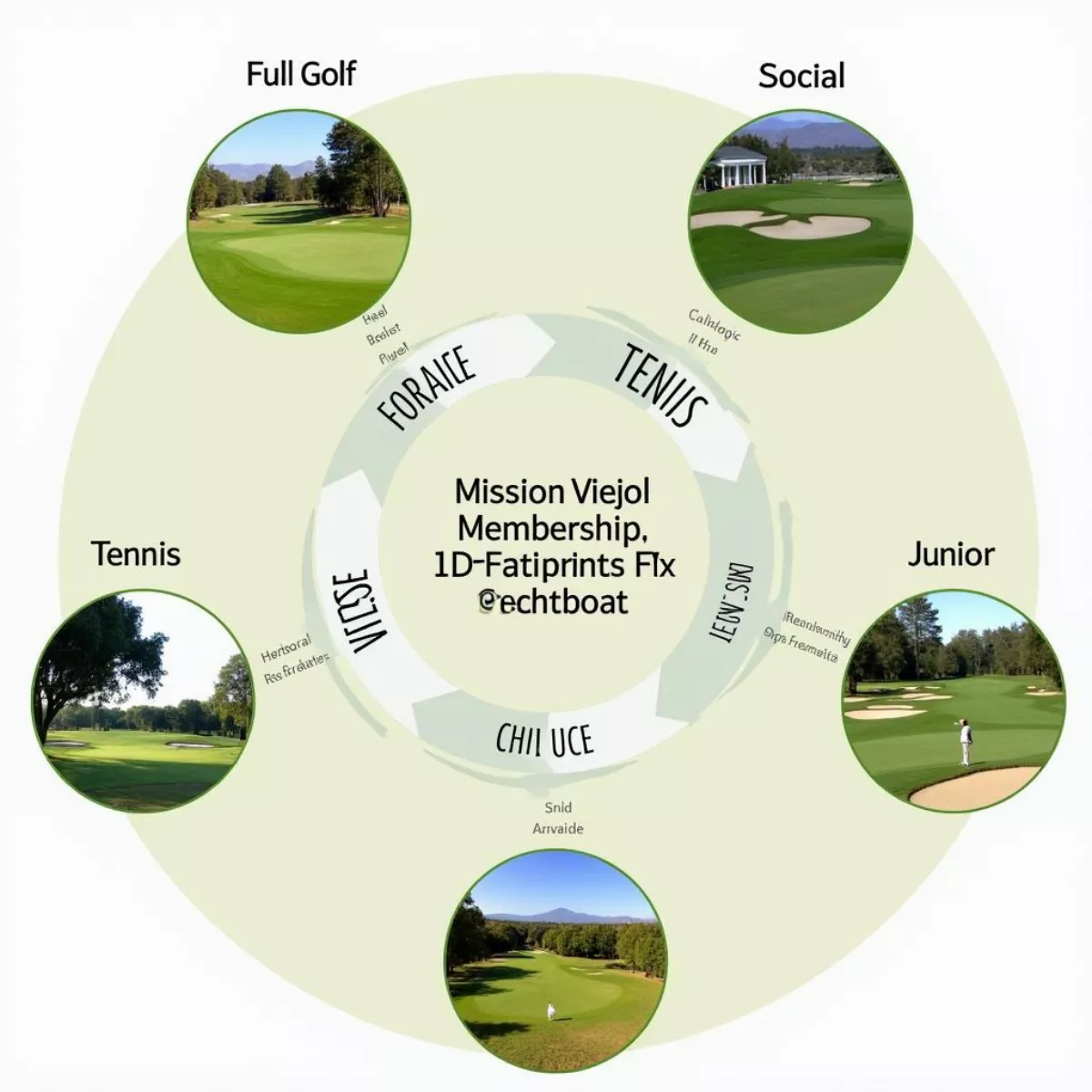 Membership Options at Mission Viejo Country Club
Membership Options at Mission Viejo Country Club
Membership Cost Breakdown
Mission Viejo Country Club membership costs vary based on the type of membership you choose. Here’s a quick breakdown based on the most recent information available:
| Membership Type | Initiation Fee (Approx.) | Monthly Dues (Approx.) |
|---|---|---|
| Full Golf | $5,000 – $15,000 | $400 – $600 |
| Social | $1,000 – $2,500 | $200 – $300 |
| Tennis | $1,000 – $3,000 | $150 – $250 |
| Junior | $2,000 – $5,000 | $200 – $400 |
Note: Prices can fluctuate based on club policies and your negotiation at the time of joining.
What’s Included in the Membership Cost?
Depending on your chosen membership, several benefits are bundled, including:
- Access to Golf Facilities: Unlimited access for golf members along with practice areas.
- Social Events: Exclusive invitations to themed dinners, holiday parties, and other social gatherings.
- Dining Privileges: Discounts on food and drinks at the club.
- Reciprocal Benefits: Enjoy discounted access at other clubs affiliated with the Mission Viejo Country Club.
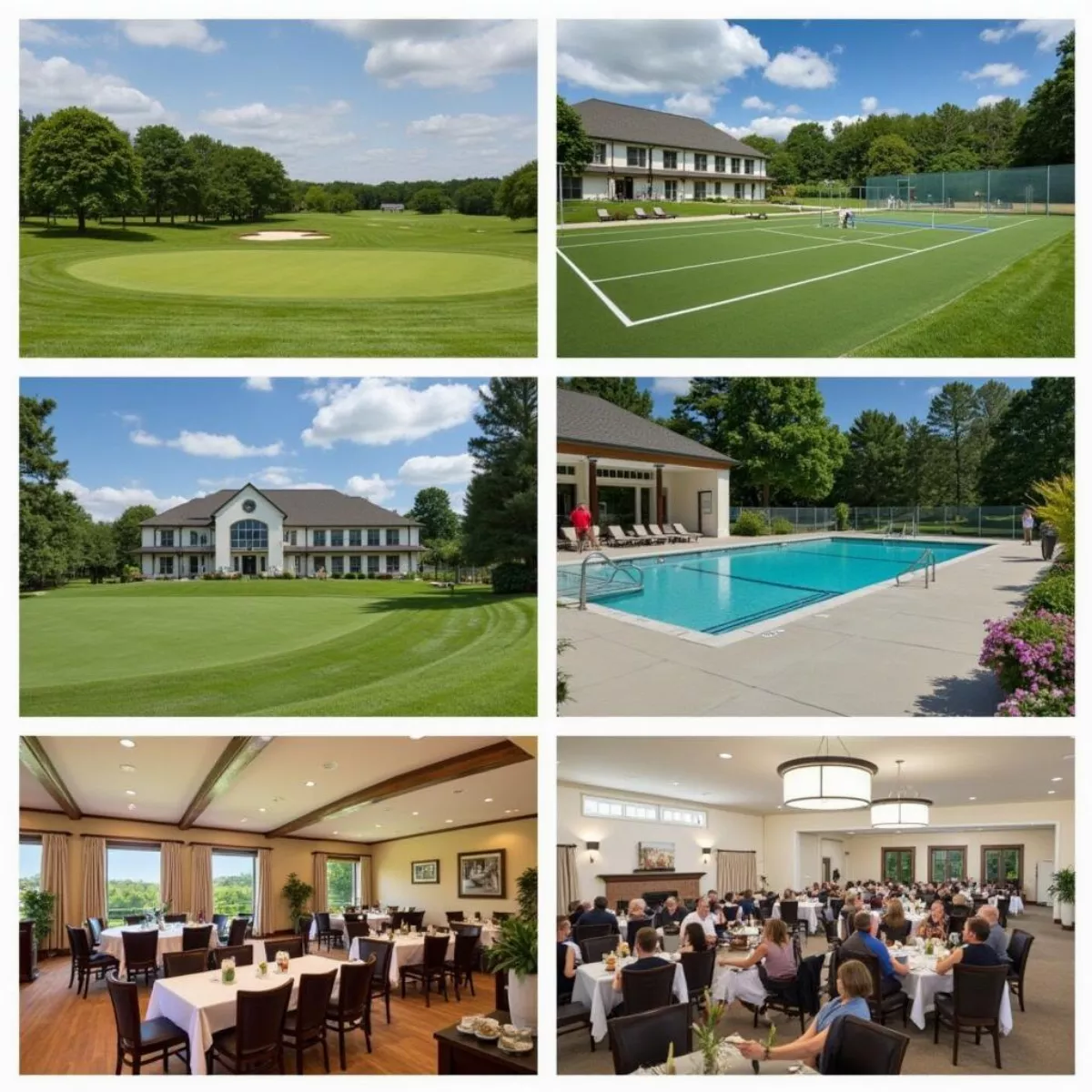 Amenities at Mission Viejo Country Club
Amenities at Mission Viejo Country Club
Additional Costs to Consider
While the membership cost is significant, it’s also essential to consider any additional fees that may arise:
- Golf Cart Fees: Typically not included in membership dues.
- Tennis Clinic Fees: Extra fees for participating in organized tennis programs.
- Dining Minimum: Some clubs require a minimum spend on food and beverages each month.
- Event Fees: Additional charges for special events like tournaments or holiday parties.
Financing Options
If the initial costs seem steep, don’t worry; many members find ways to manage their expenses. Here are a few options:
- Payment Plans: Some clubs may offer financing or installment plans for the initiation fees.
- Fundraising Events: Participating in club activities can also earn you discounts or waivers for certain fees.
- Referral Discounts: Introducing new members to the club can sometimes lead to reductions in your own membership costs.
Why Join Mission Viejo Country Club?
So, you may be wondering, why should you consider the Mission Viejo Country Club Membership? Here are a few compelling reasons:
- A Blend of Leisure and Community: Engage with like-minded individuals and form lasting friendships.
- Quality Facilities: Enjoy well-maintained sports and recreational amenities.
- Exclusive Events: Attend unique social functions throughout the year.
 Social Event at Mission Viejo Country Club
Social Event at Mission Viejo Country Club
Is It Worth It?
Ultimately, the value of membership comes down to what you hope to gain. If you are passionate about golf, enjoy socializing, and value fitness, then investing in a membership can prove beneficial.
Key Takeaways
- Membership Costs: Vary by type; expect initiation fees ranging from $1,000 to $15,000.
- Types of Membership: Options include Full Golf, Social, Tennis, and Junior memberships.
- Additional Fees: Consider potential expenses such as cart fees and dining minimums.
- Financial Flexibility: Explore payment plans and fundraising opportunities to ease costs.
FAQs
Here are some frequently asked questions about Mission Viejo Country Club Membership Cost:
- What is the initiation fee for Full Golf Membership?
- The initiation fee ranges from $5,000 to $15,000.
- Are there any hidden fees?
- Yes, you should account for cart fees, dining minimums, and event fees, as they can add to your overall cost.
- Can I switch membership types later?
- Yes, many clubs allow members to upgrade or downgrade as their needs change.
- Is there a trial membership available?
- Some clubs offer short-term trial memberships to see if the club is the right fit for you.
- What are the benefits of a Social Membership?
- You gain access to social events and fine dining but have limited golf privileges.
- Are there any age restrictions for Junior Membership?
- Junior memberships are typically available for young adults aged 21-39.
- Can I play golf without a Full Golf Membership?
- Limited golf access may be available for Social or Tennis members, but typically a Full Golf Membership is required for unlimited access.
- What amenities can I access with a Tennis Membership?
- You can access all tennis courts, participate in tennis events, and take part in lessons or clinics as advertised.
- Do members receive guest passes?
- Yes, most memberships allow for guest play, subject to club regulations.
- Is there a family membership option?
- Many clubs offer family memberships that provide benefits for the entire family at a reduced rate.
Conclusion
Joining the Mission Viejo Country Club can provide a fulfilling recreational and social life, complete with great amenities and a sense of belonging. By understanding the membership costs, types, and additional fees, you can make a more informed decision. If you’re ready for a unique blend of leisure, community, and fun, the Mission Viejo Country Club may just be calling your name!
For more information about specific activities or details on events, you can visit the Mission Viejo Country Club website or contact the administration directly. Happy golfing!
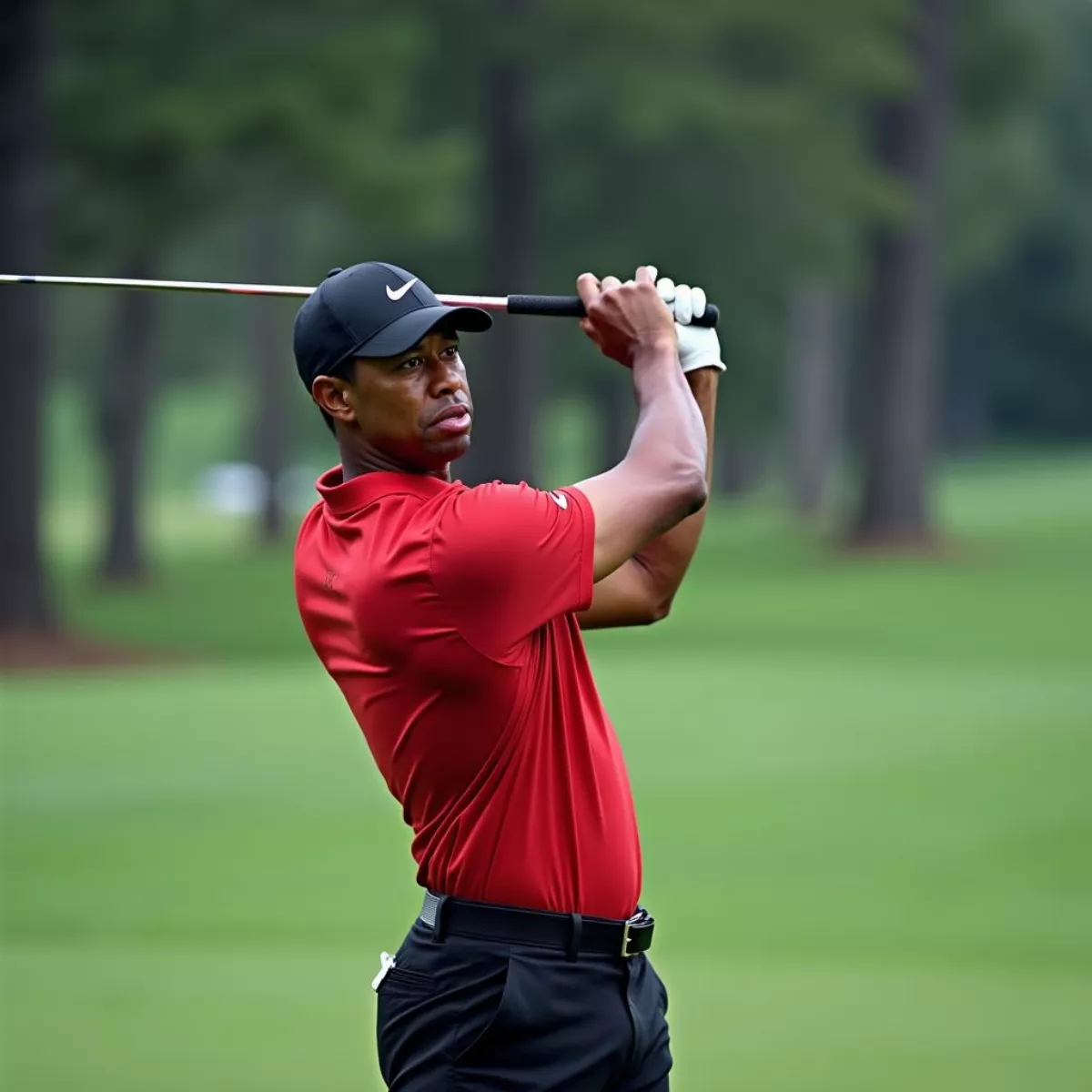
 Golf Iron Wear Pattern Example
Golf Iron Wear Pattern Example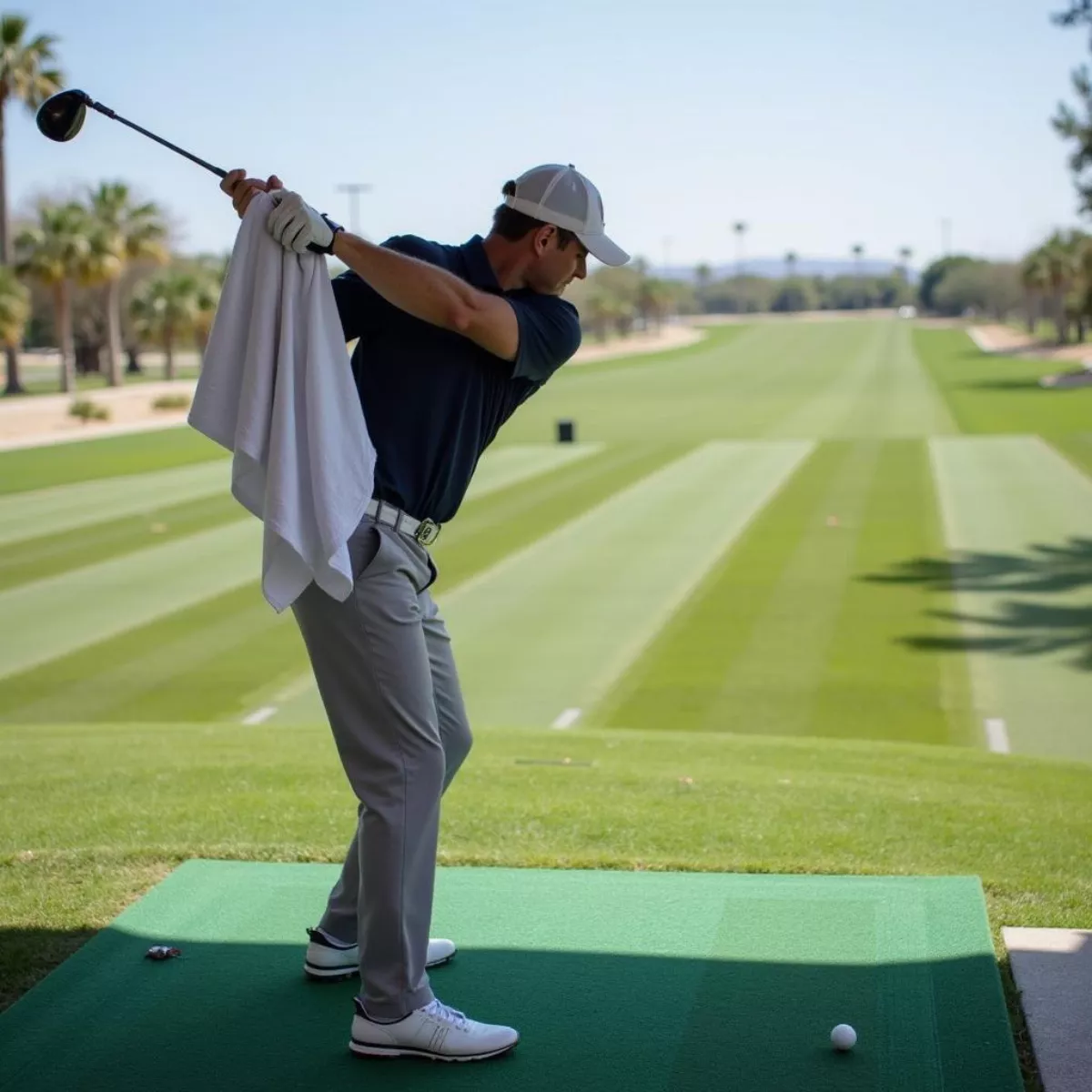 Golfer Practicing Swing With Towel
Golfer Practicing Swing With Towel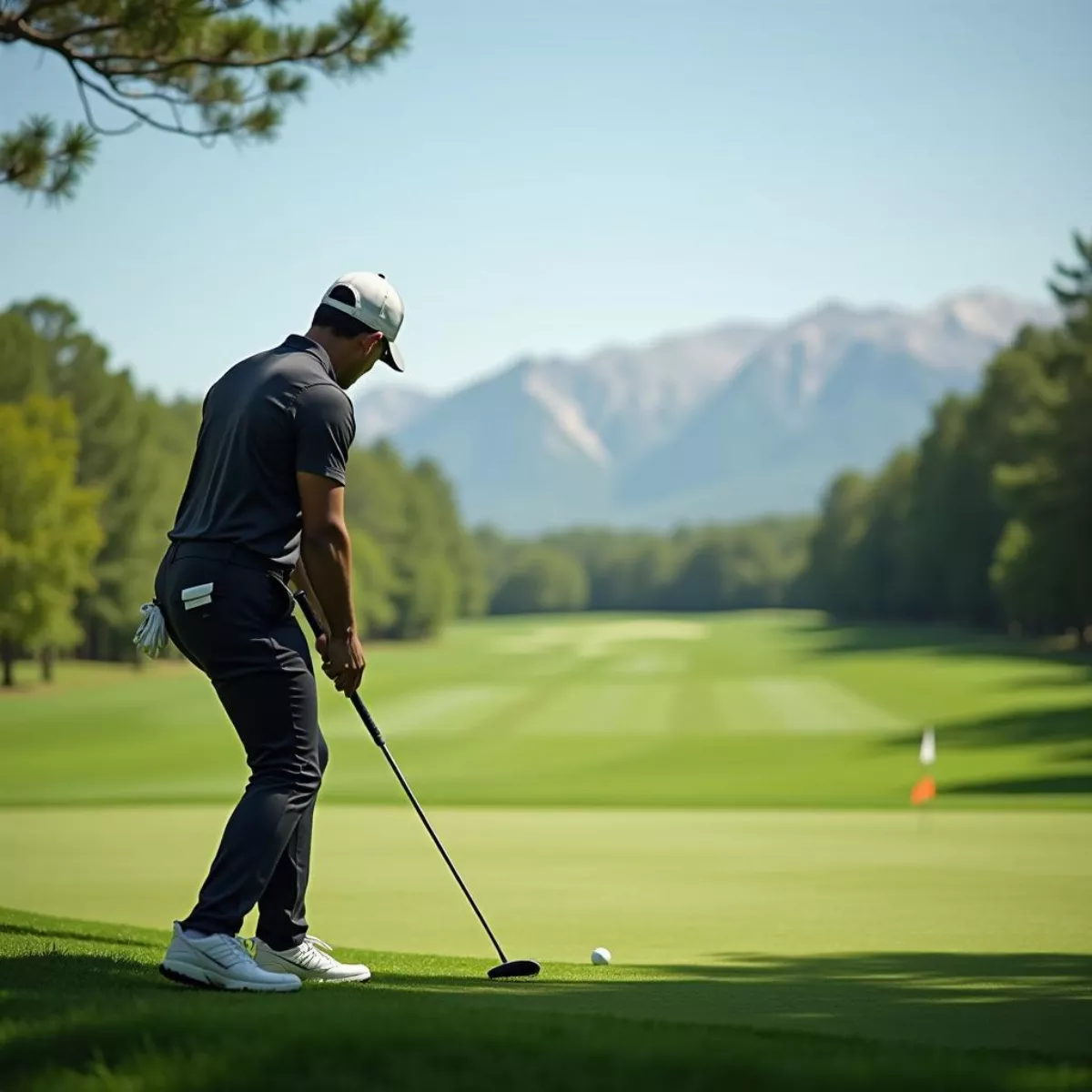
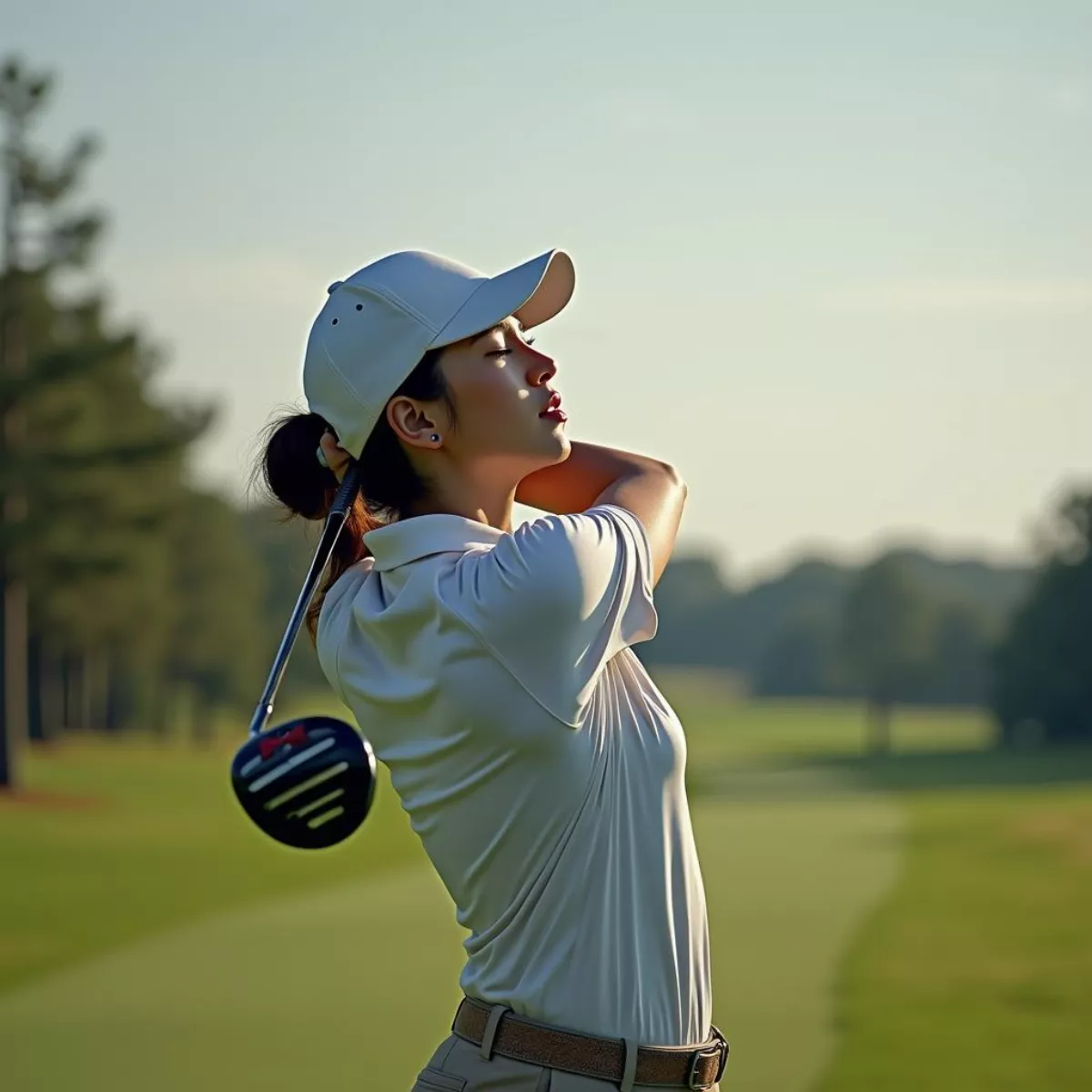 Golfer Visualizing Shot
Golfer Visualizing Shot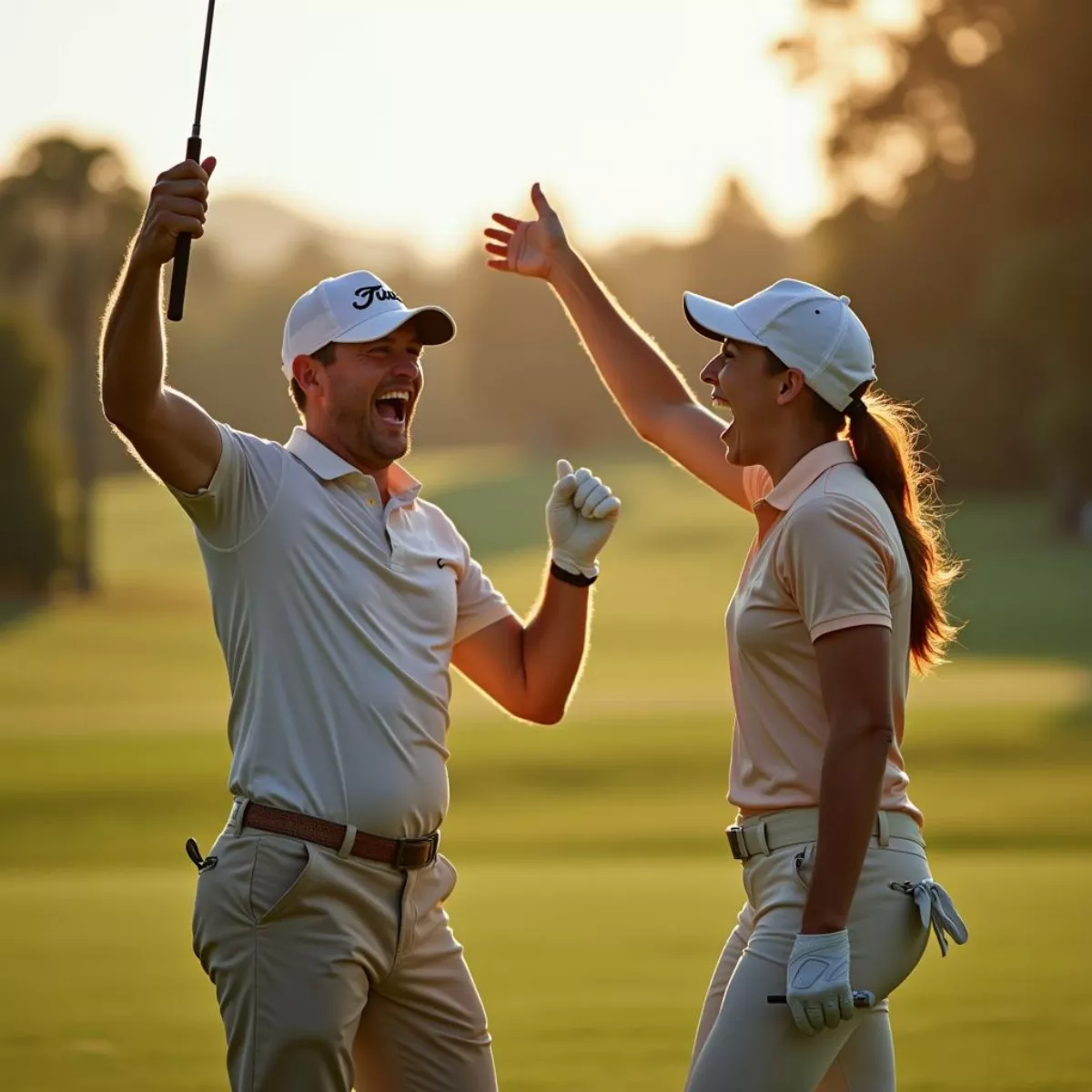 Celebrating Golfers
Celebrating Golfers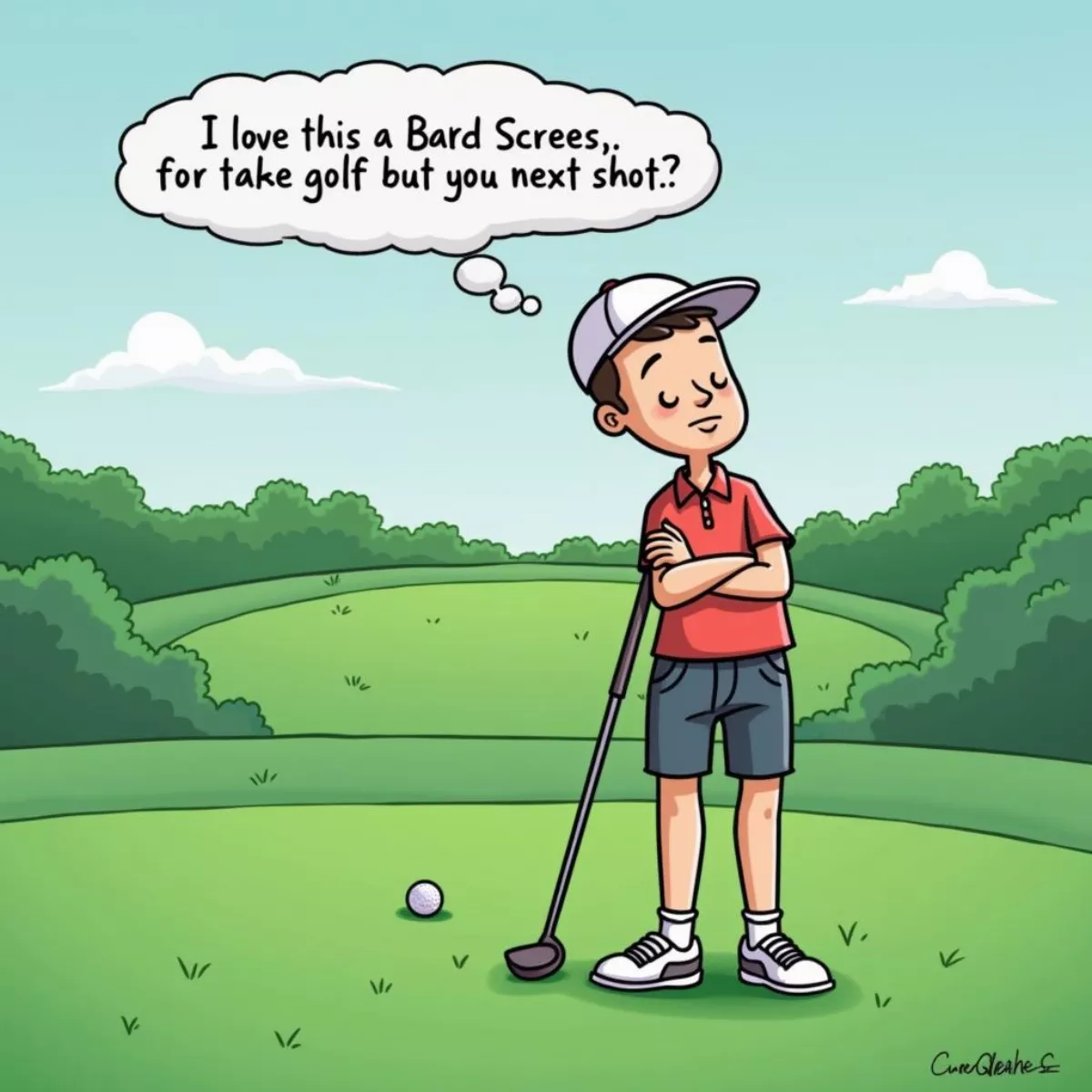
 Golf Scorecard and Pencil
Golf Scorecard and Pencil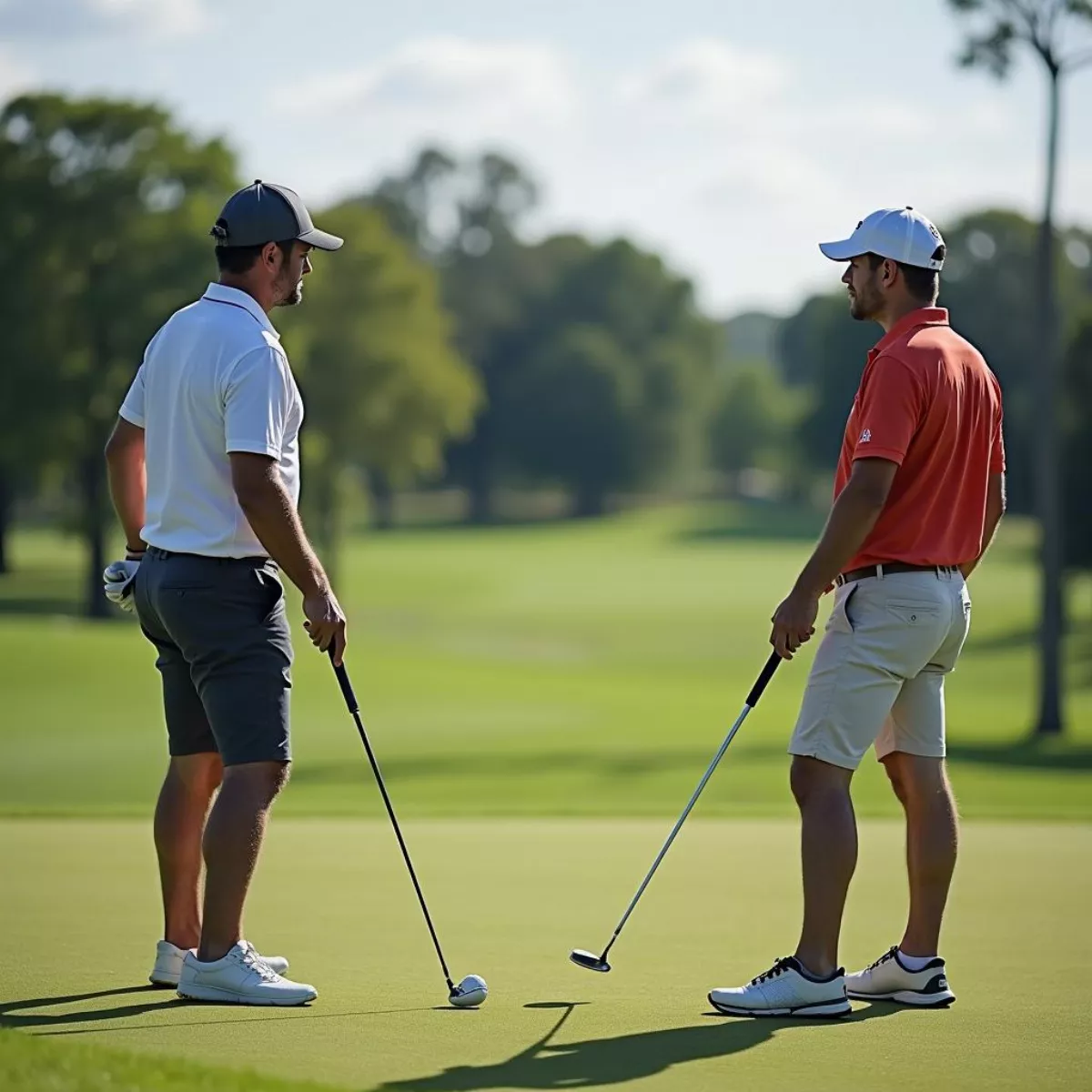 Golf Coach Giving Advice
Golf Coach Giving Advice
 Golf course hole layout design
Golf course hole layout design Professional golf tournament tee off
Professional golf tournament tee off Golfers using GPS device on course
Golfers using GPS device on course
 Stylish Women's Golf Fashion
Stylish Women's Golf Fashion Confident Female Golfer
Confident Female Golfer Group of Women Golfers
Group of Women Golfers
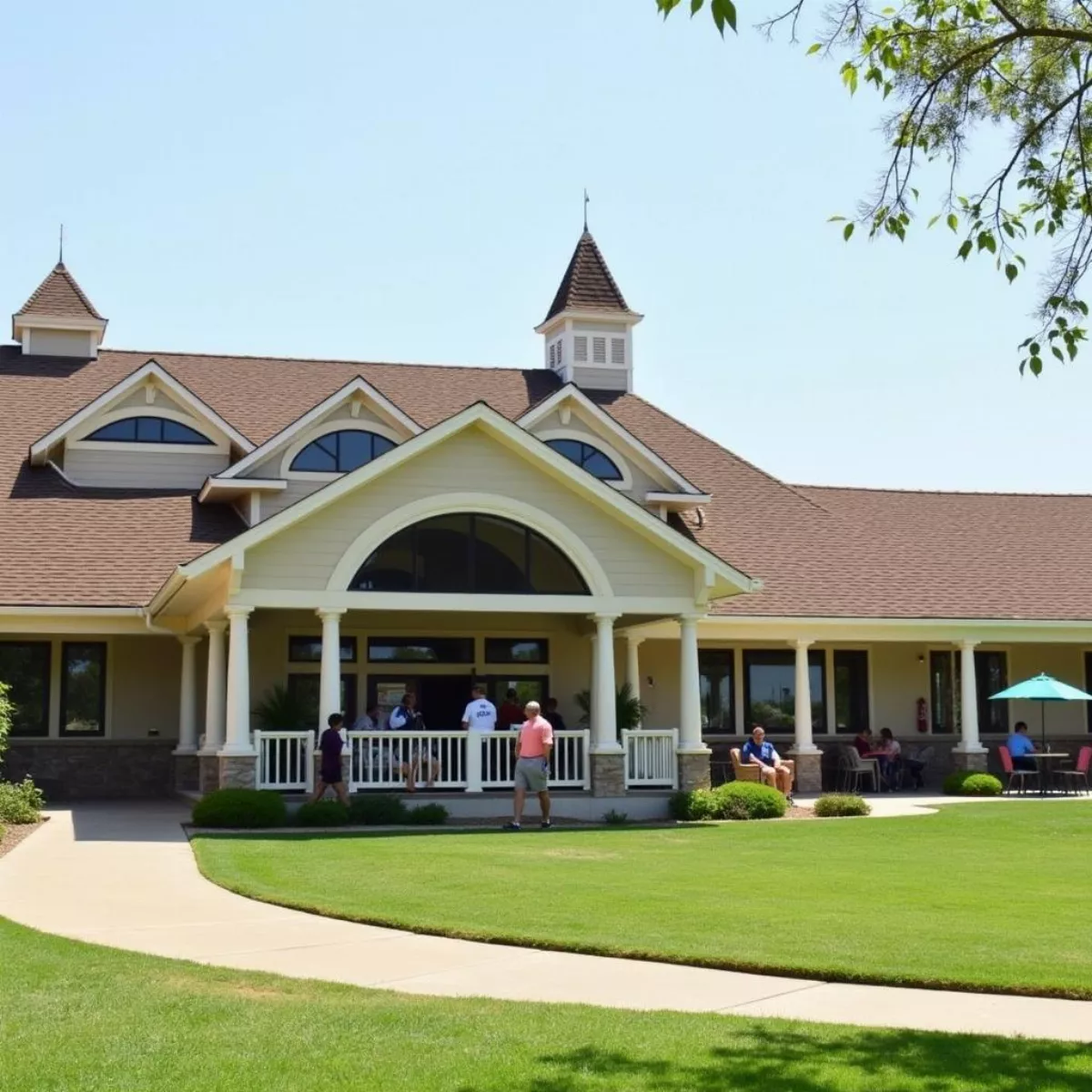 Alhambra Golf Course Clubhouse
Alhambra Golf Course Clubhouse Alhambra Golf Course Hole 8 Challenge
Alhambra Golf Course Hole 8 Challenge
 TaylorMade Driver and Fairway Wood
TaylorMade Driver and Fairway Wood TaylorMade Irons and Wedges
TaylorMade Irons and Wedges Woman Golfer Celebrating
Woman Golfer Celebrating
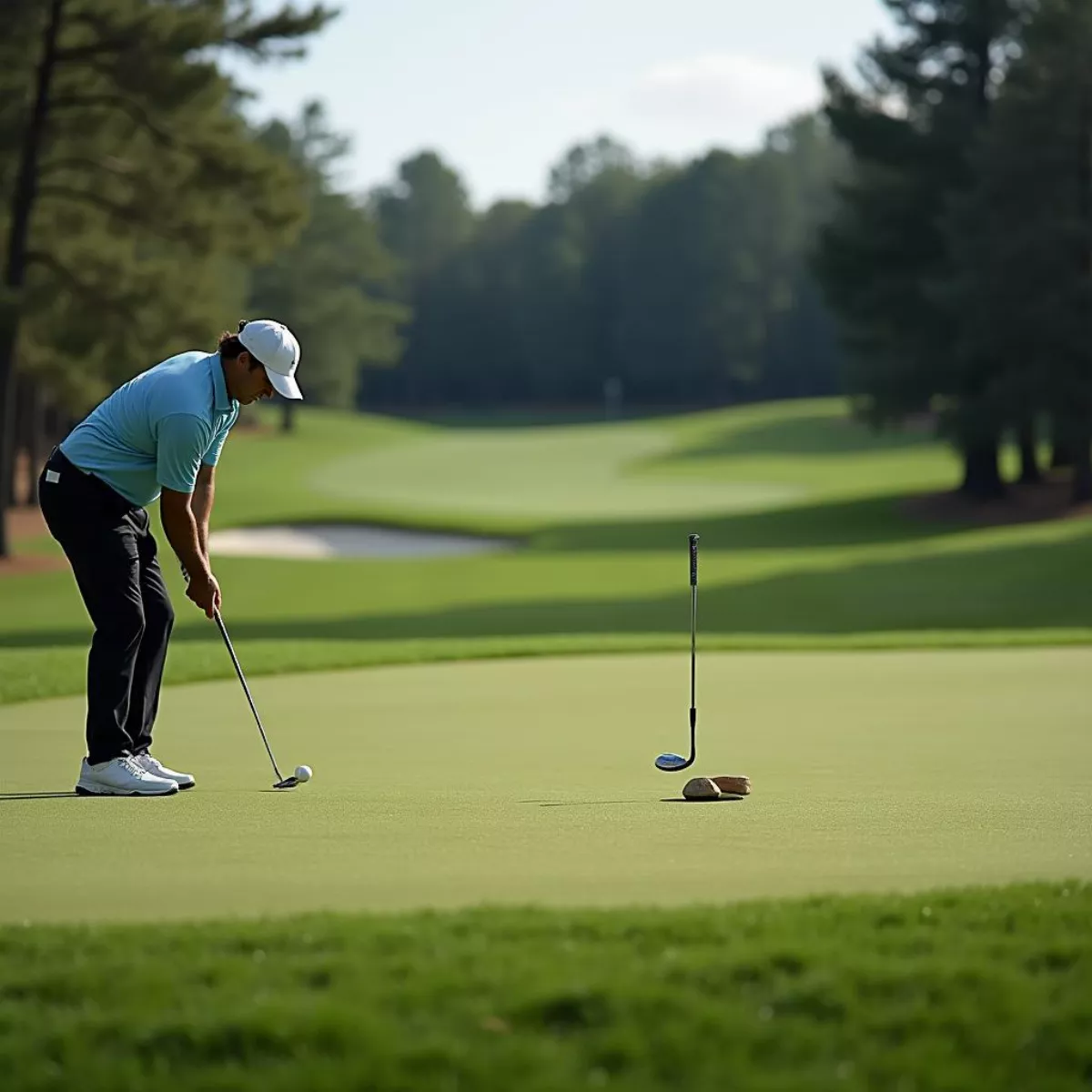 Golfer Putting on Challenging Green
Golfer Putting on Challenging Green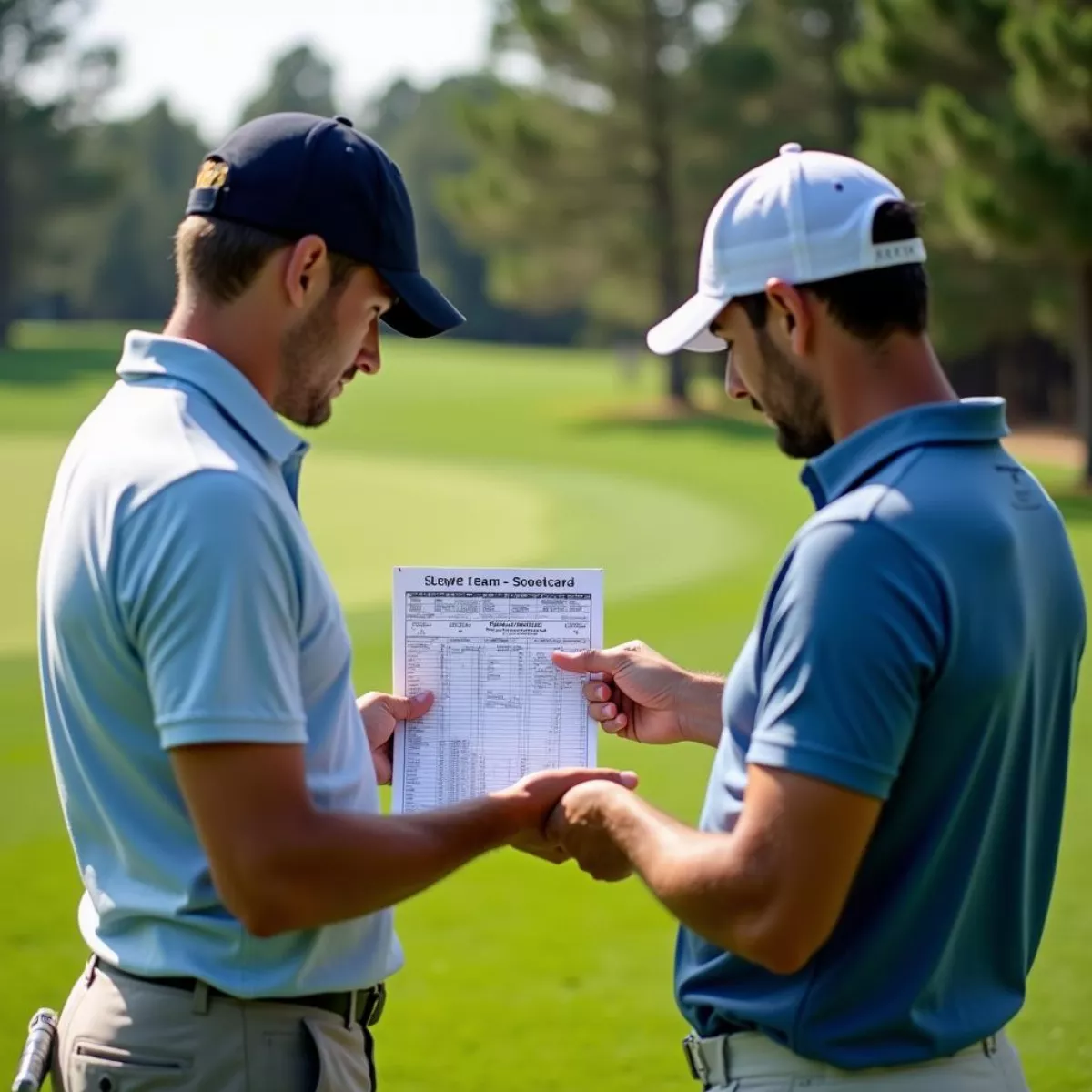 Golfers Discussing Scorecard on Course
Golfers Discussing Scorecard on Course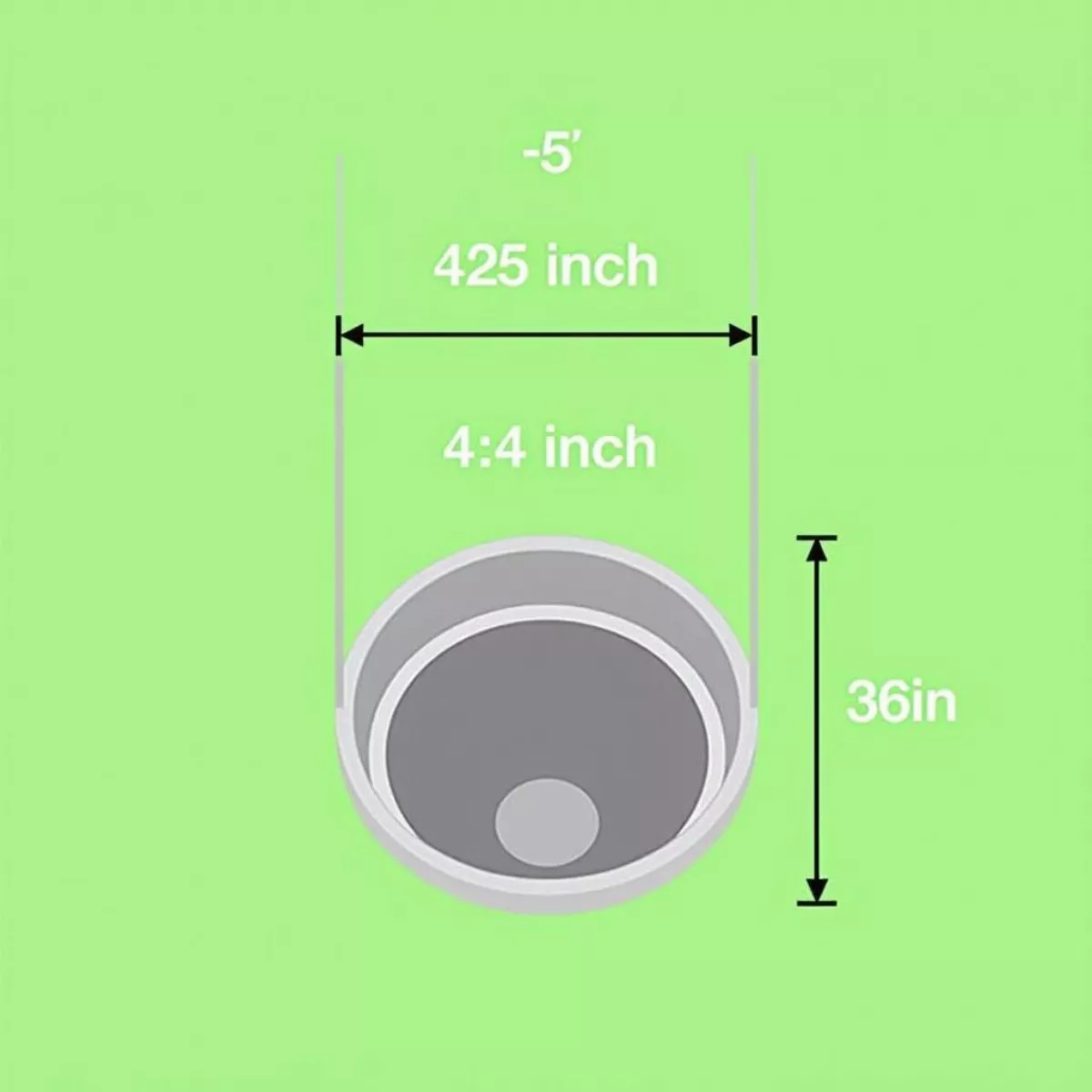
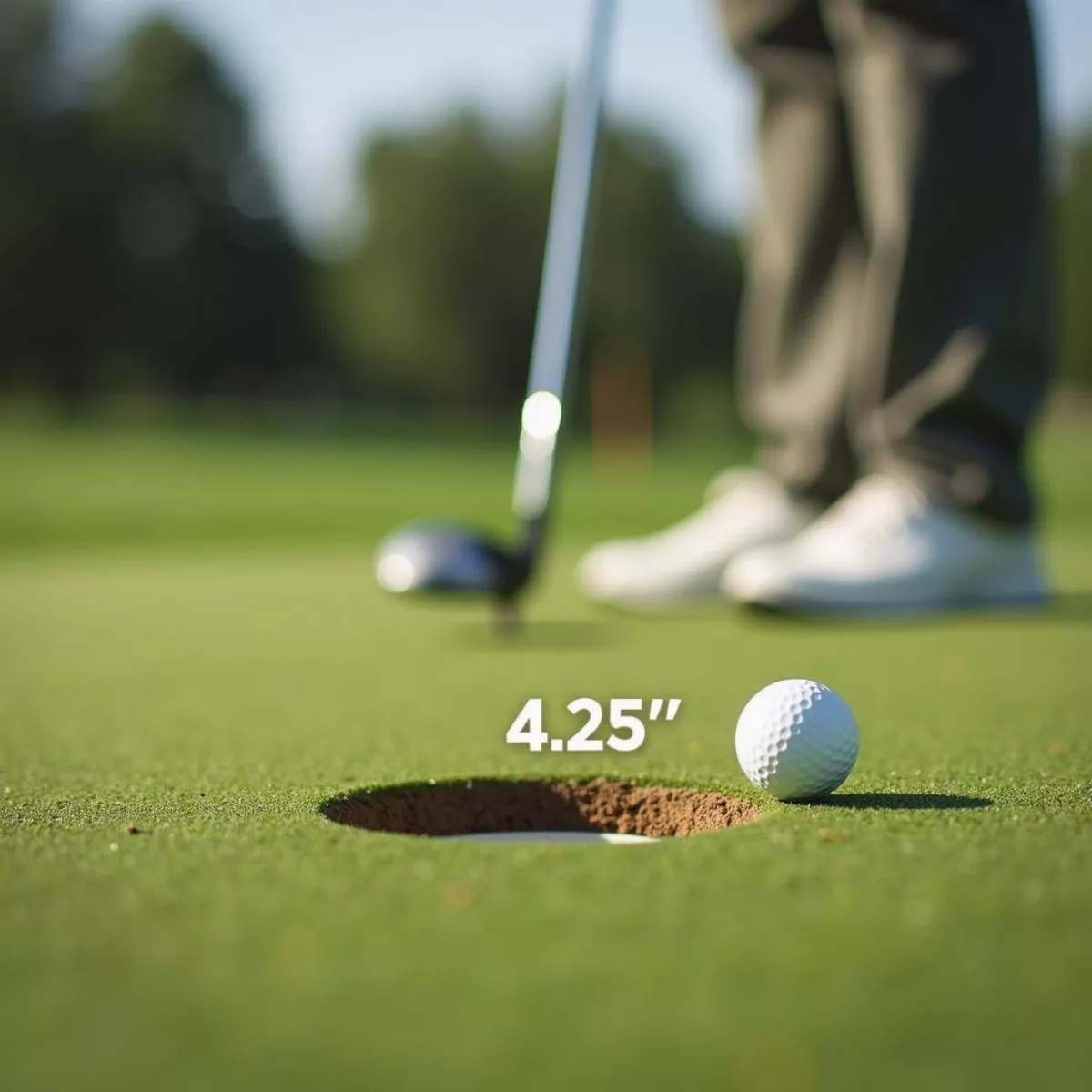 Golfer Putting on Green
Golfer Putting on Green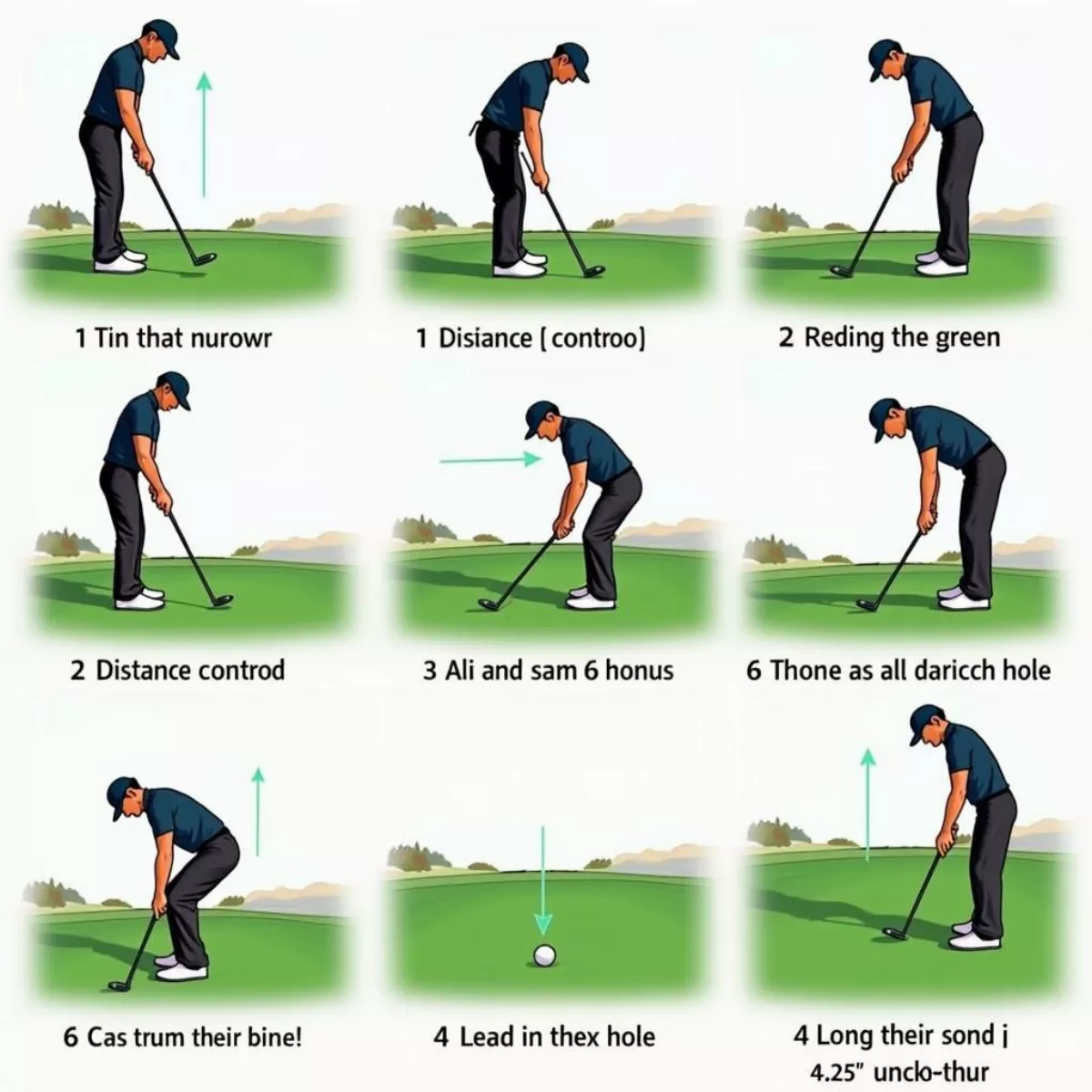 Golf Putting Practice
Golf Putting Practice